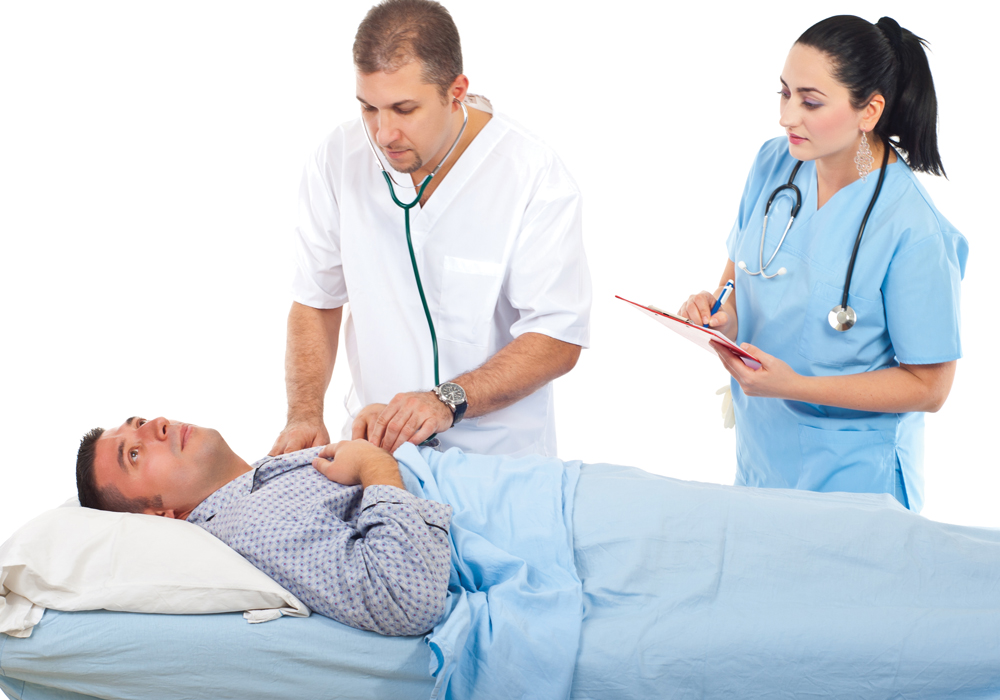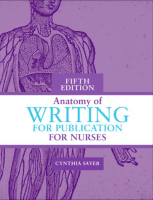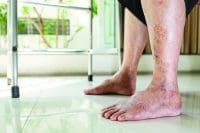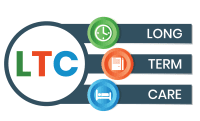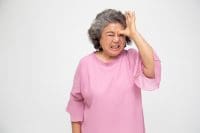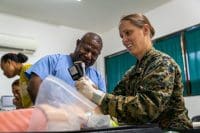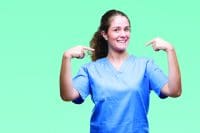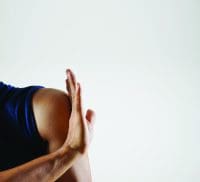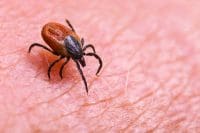Healthcare organizations must balance high-quality, safety-focused, evidence-based care against cost containment. Toward that end, in March 2005 our oncology unit accepted an invitation from a consultancy to participate in a national research study.
This pilot study had three goals:
• to validate the theory that scripted hospital staff behaviors, including nursing rounds, reduce patient call-light occurrences
• to correlate the effects of these staff behaviors with high-quality care
• to determine how these behaviors affect patient satisfaction.
For the study, our nurses were asked to make hourly patient rounds using an established script and to complete a set of tasks known as the “three Ps”—pain assessment, “potty” assistance (offering assistance to the bathroom), and positioning and assessing the environment (for instance, ensuring that the call light and other necessary items were within easy reach). Nurses were to perform all of these tasks during each patient-round encounter.
Results worth raving over
After 1 month of the new hourly rounds, the oncology unit saw a 62.5% reduction in use of call lights and a significant rise in patient satisfaction scores (to 87%). Long-term results included a drop in the year-to-date fall rate from 6.1 to 2.65 falls per 1,000 patient days (a 57% reduction). The results of the pilot study, which ended in May 2005, were so impressive that the “3P” method was implemented on all in-patient units.
Shortly afterward, staff members from the acute care for the elderly (ACE) unit began to implement strategies to improve patient fall rates and satisfaction scores in this high-risk population, as well as to reduce restraint use and one-to-one safety observations. They began twice-weekly interdisciplinary rounds, which involved primary nurses and pharmacy, dietary, physical therapy, speech therapy, case management, social work, and home care staff. The goal of these rounds was to focus on clinical syndromes specific to geriatric patients while ensuring patient safety, performing appropriate discharge planning, and implementing daily goals.
In the ACE unit, “3P” rounds and additional safety initiatives produced a 70% decrease in restraint use, a 51% reduction in the need for one-to-one safety observations, and a 60% drop in the patient fall rate over the same period. Staff also learned and implemented holistic techniques, such as use of lavender essential oil and the ‘m’ technique (a structured stroking method). In addition, they began making walking and mobility rounds, with patient-care associates ambulating patients for short distances. The goal of these interventions was to promote relaxation and sleep without using medications.
Patient rounds are a basic—if “old-school”—nursing concept. But in this case, old doesn’t mean outmoded. The pilot study showed that consistent nursing rounds can significantly improve patient safety and quality of care. Since hospital-wide implementation of patient rounds, our facility has sustained this improvement.
Sometimes the simplest idea can provide an effective solution to an age-old problem. Patient rounds are an idea whose time has come—again.
Mary Jo Assi is the Director of Advanced Practice Nursing; Patrice Wilson is Manager of the Oncology Unit; Josephine Bodino is Manager of the Geriatric ACE Unit; Lora Bognar is a Geriatric Advanced Practice Nurse; and Mary Lemesevski is a Medical-Surgical Advanced Practice Nurse at The Valley Hospital in Ridgewood, N.J.

